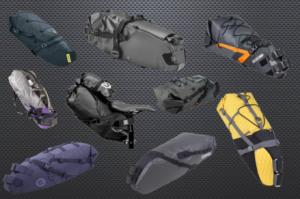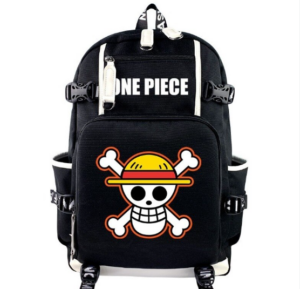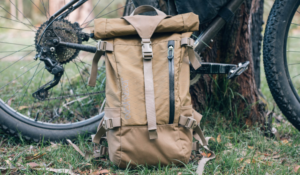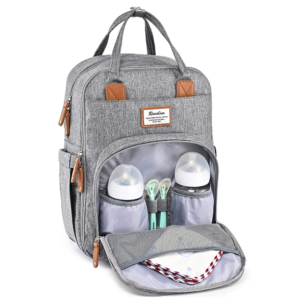1. Backpack Structure and Material
The materials of a backpack mainly include the following.
- Fabric
- Mesh Bag
- Zipper
- Zipper head
- Foam
- Linings
- Webbing
- backpack clips
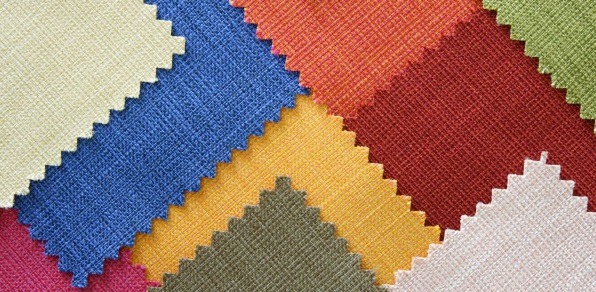
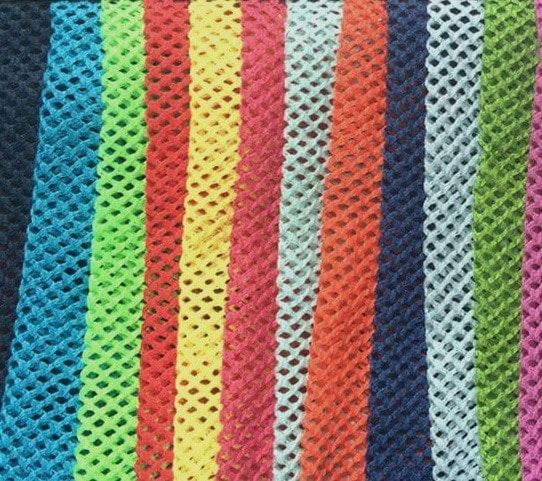
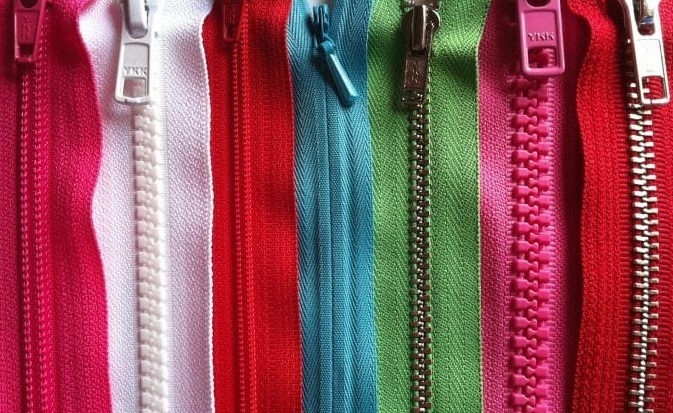
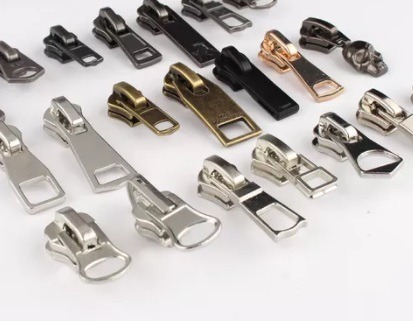
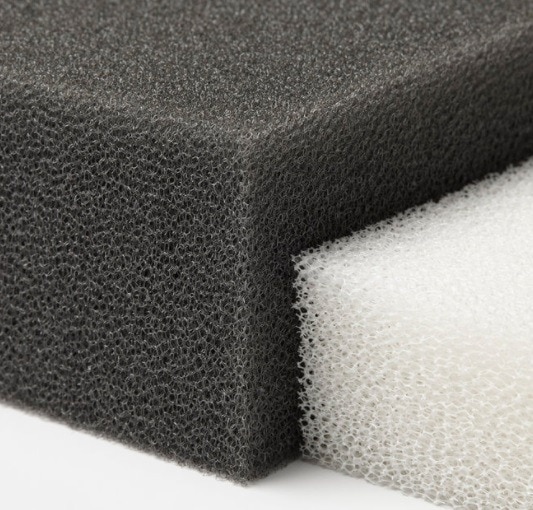
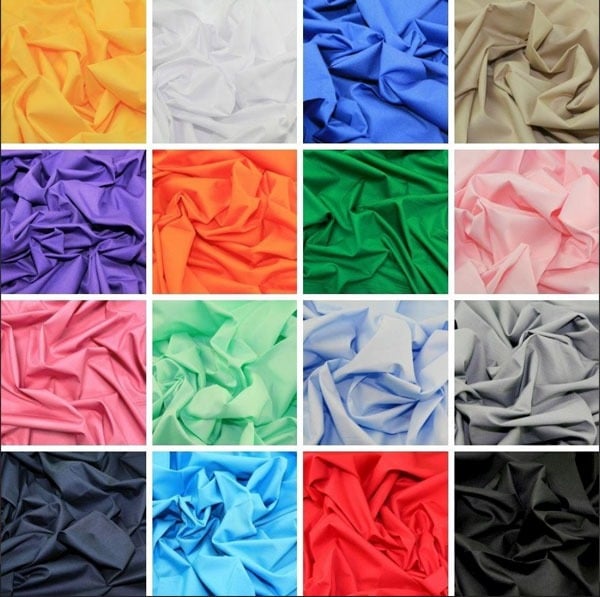
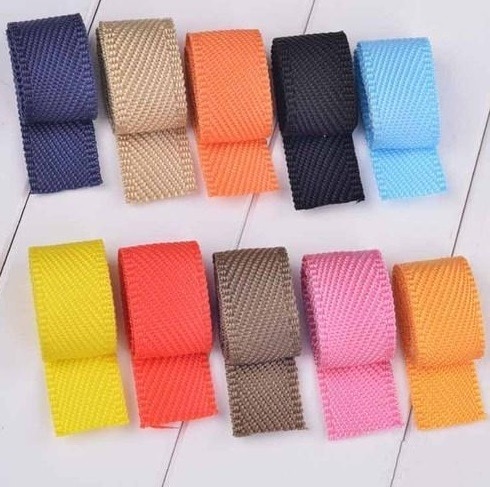
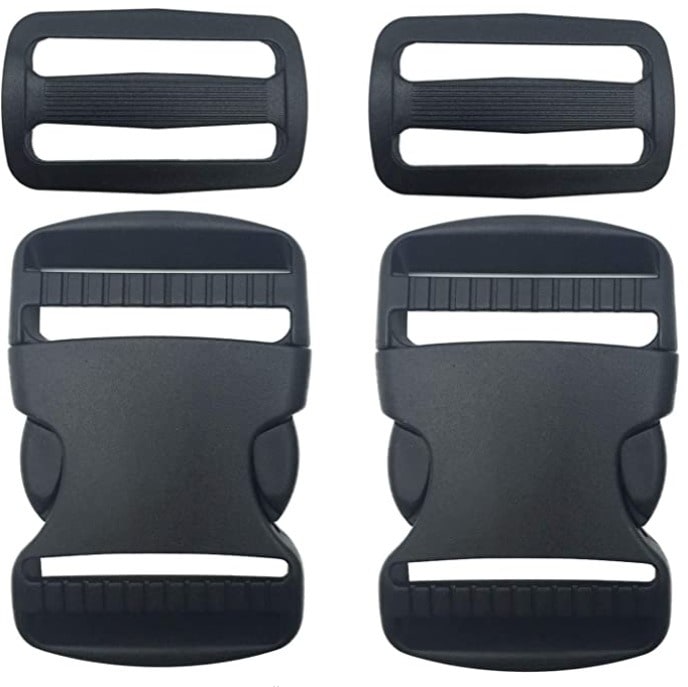
Fabric is the most important material of a backpack, the quality of which directly affects the overall performance of the backpack. So let’s focus on the fabric of the backpack.
2. Backpack Material-Fabric
There are a variety of backpack fabrics, and different fabrics have different merits and flaws. So how to choose the appropriate fabric for the backpack? It’s mainly based on the type and usage scenario of the backpack.
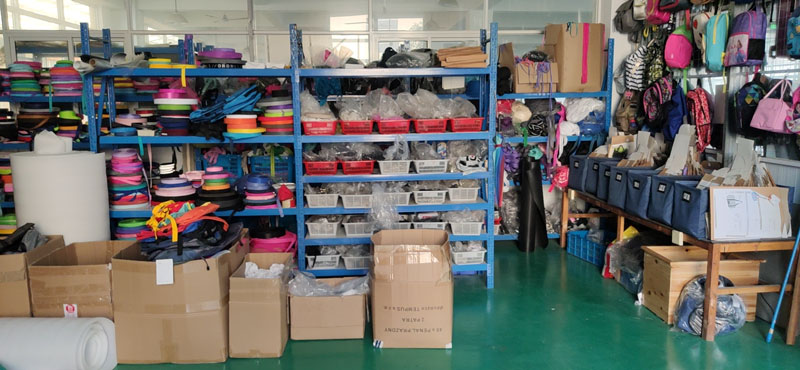
2.1 Polyester for backpack
Polyester is a generalized term for any fabric or textile, which is made using polyester yarns or fibers. It is a kind of chemical synthetic fiber with high elasticity. With a mature production process and low raw material cost, polyester has become the largest synthetic fiber in the world. Its high output indicates people’s huge demand for polyester, which also proves that polyester has a wide range of applications.
600D Polyester, 900D Polyester and 1680D Polyester are widely applied in backpacks. It is low in cost but has the properties of good fabric density, wears resistance and high bearing capacity. At the same time, polyester also has a certain waterproof performance.
600D Polyester is often used in some types of backpacks, such as school backpacks, commuter backpacks, diaper bags and so on.
Due to its higher density, 1680D Polyester has better performance in scratch resistance and waterproof effect. 1680D Polyester is usually used in some certain types of backpacks, like laptop backpacks, medical bags, business backpacks, etc.
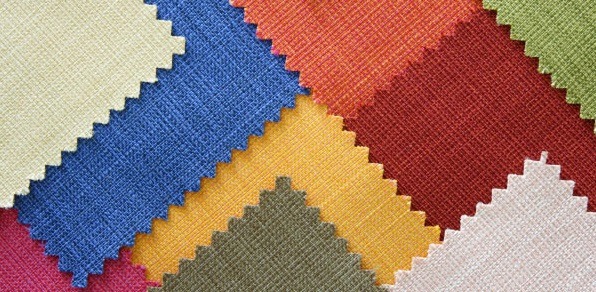
2.2 Nylon
Nylon is a kind of synthetic fiber, plastic and polymer, and the earliest nylon product was toothbrush bristles. Nylon is lighter in grammage than polyester, which is both a merit and a flaw. The light grammage of the fabric means the light weight of the backpack, but at the same time, the fabric of the backpack will be so soft that it is insufficient in straightness.
Another feature of nylon is its good waterproof performance, so it is suitable for outdoor backpacks with high waterproof requirements, such as hiking backpacks, folding backpacks, travel bags, etc.
2.3 Canvas
Canvas is a kind of thick cotton or linen fabric, which is named for its original use in sails. Canvas generally adopts plain weave or a small amount of twill weave, and warp and weft yarns all use multi-strand thread. Canvas is usually divided into two categories, including coarse canvas and fine canvas. Among them, the fine canvas is widely used in products, like luggage fabrics, handbags, backpacks, tablecloths and so on. Canvas is fashionable and good-looking, but its flaw is that it is not easy to dry after being soaked.
The cost of Canvas is higher than that of Polyester and Nylon. Canvas is often used on Canvas backpacks for young and fashionable women.
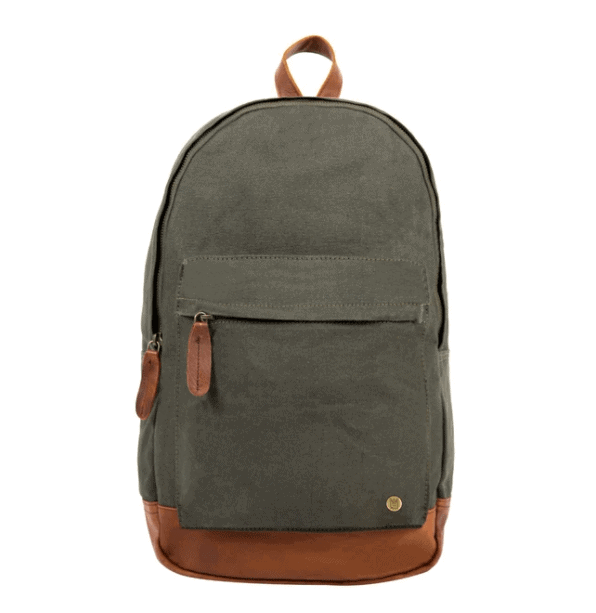
2.4 PU Leather
PU leather is synthetic skin-imitated leather, which however is not what we often call artificial leather. Different from artificial leather coated with plasticizer on the surface to achieve the purpose of softness, PU leather itself has the characteristics of softness. If you are not a professional, it is difficult to distinguish PU leather and genuine leather by visual inspection. But PU leather is much cheaper than genuine leather.
Backpacks, like women’s fashion backpacks and high-end business backpacks, are mostly made of PU leather.
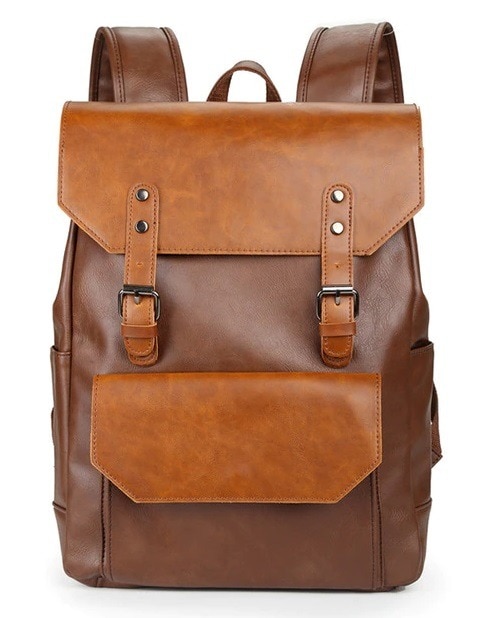
3. How backpack manufacturers judge the quality of backpack Material.
When backpack manufacturers receive tons of fabrics from fabric suppliers, they will conduct a series of inspections on the fabrics.
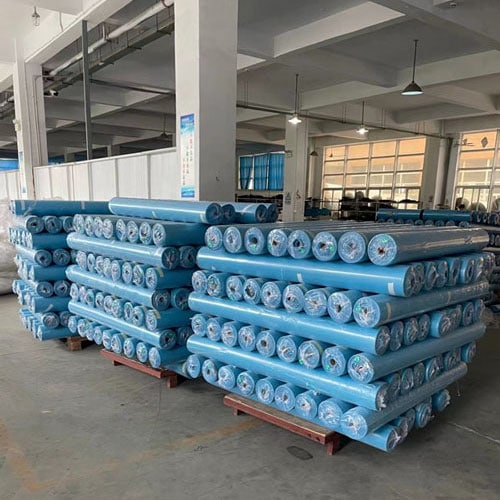
3.1 Color difference in backpack fabric
Backpack manufacturers all have color cards. When the fabrics arrive, the quality inspector needs to compare the fabrics with the color cards to check whether there is a color difference between the fabric and the customer-specified color.
3.2 Flaw of the backpack fabrics
After confirming that there is no color difference in the fabric, backpack manufacturers will install the fabric on the fabric rolling machine to inspect the flaws of the fabric. The fabric rolling machine rolls the fabric to allow the quality inspector to gradually check whether there are ladders, holes, etc. on the fabric. If a roll of fabric has many flaws, it will be returned to the fabric manufacturer for disposal.
3.3 Chemical detection of backpack fabrics
If the backpacks are exported to Europe, the fabrics should also be sent to a professional testing organization for chemical detection to ensure that the fabrics do not contain substances like nickel, cadmium, tin and so on, which are harmful to the human body. After detection, the professional authority will issue a formal test result report.
Honeyoung is a qualified bag supplier located in China, we can help you to solve every problem with bag products. If you need any help, Honeyoung will always be here to help.

